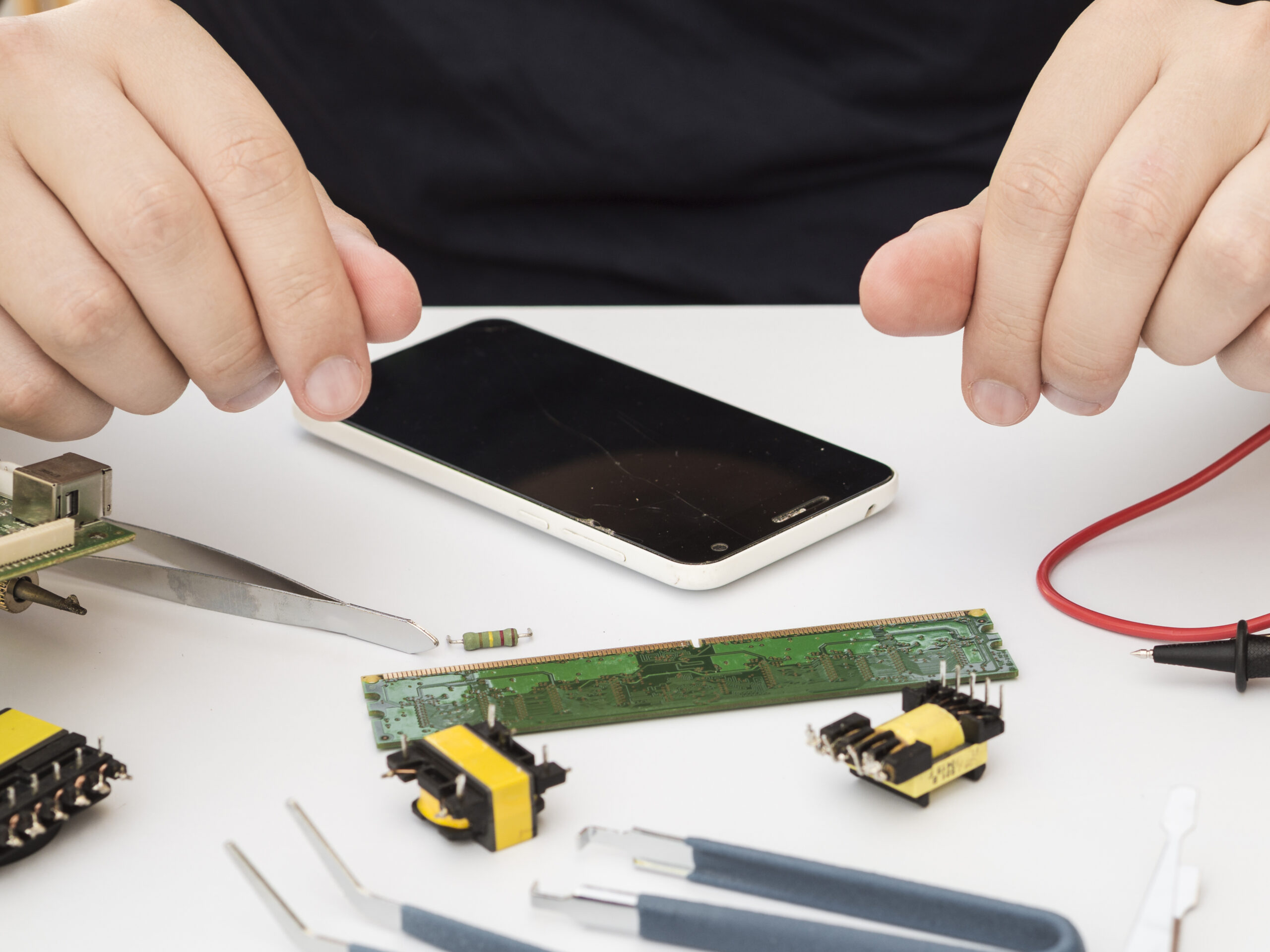The Hidden Tech Inside Your Phone
Table of contents

Most of us carry a smartphone everywhere we go. It wakes us up, guides us through traffic, captures our memories, and even counts our steps. But beneath that sleek glass surface lies a jungle of components—tiny, powerful, and quietly performing miracles. It’s easy to take them for granted, but your phone is one of the most sophisticated pieces of technology ever created.
So, what’s actually inside your smartphone? Beyond the apps and emojis, there’s a world of sensors, chips, and miniature machinery that would have made NASA jealous a few decades ago. Let’s pop the hood and explore the surprising tech hidden in your pocket.
Inside Your Phone
Your smartphone contains a blend of advanced components that work together in harmony. Here’s a closer look at some of the most essential elements that power your device:
- The processor (CPU) acts as the ‘brain,’ handling everything from apps to gaming.
- Flash memory serves as your storage, fast and durable with no moving parts.
- The touchscreen integrates capacitive sensors and display tech for seamless interaction.
- Dedicated AI chips handle machine learning tasks like facial recognition.
- Secure enclaves protect sensitive data like biometric information.
- Modems enable high-speed connectivity, including 5G networks.
It’s not just a phone—it’s an ultra-compact tech symphony.
What Most People Don’t Know
Beyond the obvious functions, your phone is packed with lesser-known components that expand its capabilities in surprising ways:
- Gyroscope and accelerometer enable screen orientation and movement detection.
- Proximity sensor turns off the display when you hold the phone to your ear.
- Magnetometer aids compass navigation and location services.
- Barometer helps track elevation for fitness and weather apps.
- Ambient light sensor adjusts screen brightness automatically.
- ToF (Time of Flight) sensor supports advanced camera and facial recognition features.
- Camera modules with AI and optical stabilization rival professional photography equipment.
The Backstory
The journey from brick-sized cell phones to palm-sized supercomputers didn’t happen overnight. In the 1980s, the first mobile phones were huge, heavy, and had batteries that barely lasted an hour. The real turning point came in the 2000s with the advent of smartphones—combining telephony with computing power.
Apple’s iPhone, launched in 2007, played a major role in integrating touchscreens, sensors, and app ecosystems into one seamless experience. But much of the underlying technology—like capacitive screens and solid-state memory—had been in development for years in the background. What changed was how it was packaged, and how the tech industry figured out how to miniaturize complex components without sacrificing performance.
How It All Works Together
What makes your smartphone truly magical isn’t just the presence of advanced components—it’s how seamlessly they work together. Take opening your camera app, for instance. When you tap the icon, the processor springs into action, the lens readies itself with optical stabilization, the gyroscope detects hand movement, and the image signal processor begins adjusting for lighting—all in less than a second.
This level of coordination is made possible by system-on-a-chip (SoC) technology, where various processing units—CPU, GPU, neural engine, modem—are integrated into one compact platform. Your phone’s operating system is constantly balancing power efficiency with speed, ensuring that you can video chat, stream music, and track your workout without any noticeable lag.
From Phones to Everyday AI
Modern smartphones are more than communication devices—they’re your first real exposure to artificial intelligence. AI helps your phone predict your typing, filter spam calls, optimize battery life, and even choose the best settings for a photo. With on-device learning, your phone can become more personalized over time, learning from your habits without sending all your data to the cloud.
Tools like voice assistants, real-time translation, and advanced photo categorization rely on machine learning models that previously required powerful desktop computers. Now, they sit comfortably in your jeans pocket. What once seemed like science fiction—AI assistants, smart replies, facial mapping—is now just another Tuesday on your smartphone.
Future Tech Already Inside
Your smartphone might look like a finished product, but in many ways, it’s a preview of the future. Technologies like LiDAR (Light Detection and Ranging), once reserved for autonomous vehicles and aerospace, are already present in some phones to enhance photography and augmented reality. Ultra Wideband (UWB) chips allow for precise location tracking within centimeters—useful for finding lost items or enabling advanced gesture controls.
Then there’s haptic feedback technology, which has evolved far beyond basic vibrations. Your phone can simulate the sensation of clicking a button, snapping a shutter, or turning a dial—all through clever vibrations calibrated to your touch. Combined with biometric sensors like in-screen fingerprint readers and facial recognition, your device is not just intuitive—it’s interactive in deeply personal ways.
Bonus Fact
Many of the technologies inside your smartphone were originally developed for space or military use. GPS, for instance, was a U.S. military innovation. Accelerometers and gyroscopes were first used in aerospace. Even your phone’s sapphire lens cover? It’s made of the same material used in bulletproof windows and satellite equipment.
In a sense, every time you use your phone, you’re carrying around the legacy of decades of high-tech engineering—miniaturized for daily life.
Takeaway
Our phones may be sleek and user-friendly, but under the hood, they’re marvels of engineering. Sensors that detect your heartbeat, cameras powered by AI, and processors capable of billions of operations per second are all packed into a tiny slab that fits in your palm.
So next time you send a text or snap a selfie, take a moment to appreciate the invisible orchestra of tech that makes it all possible. Your phone isn’t just smart—it’s a tiny miracle of modern science and design.






